The design of a class schedule template can revolutionize the way educational institutions manage their time, resources, and ultimately, their success. Each template holds the potential to streamline administrative processes, foster a more effective learning environment, and enhance the overall educational experience. This article will delve into the details of class schedule templates, offering insights into their design, utilization, and influence on the dynamic world of education.
Table of Contents
What is a Class Schedule?

A class schedule is a structured plan that outlines the specific times, days, and locations for various courses within an academic term at a school or university. It’s an essential tool for both students and educators, facilitating the efficient allocation of time and resources.
Students rely on class schedules to organize their academic commitments, extracurricular activities, and personal time, while educators use them to coordinate teaching sessions, plan course content, and manage workloads. A well-planned class schedule not only promotes effective learning and teaching but also ensures a balanced, engaging academic experience.
Class Schedule Templates
Planning course schedules and classroom logistics takes thoughtful organization. Class schedules outline meeting times, rooms, and instructors. Class schedule templates help administrators efficiently create schedules.
The templates contain tables to display course details, instructor assignments, locations, days, and time slots. Formats allow building master schedules by department, program, student year, or other groupings. Customizable templates suit higher education and K-12 environments.
Class schedule templates enable administrators to strategically arrange classes and resources. Automatic formatting alleviates tedious schedule assembly. Completed schedule documents are clear for students, faculty, parents, and other stakeholders. As student enrollments and faculty assignments evolve each term, schedule templates facilitate adaptation. Whether scheduling for a school or university, class schedule templates save time and assist thoughtful course planning to best serve learners.
Why do you need a class schedule template?
A class schedule template is essential for several reasons. First, it provides a standardized framework that streamlines the scheduling process, saving valuable time and ensuring consistency across different classes or courses. This simplifies the management of academic programs, facilitating easy adjustments when necessary, such as in the event of class changes, teacher substitutions, or room assignments.
Second, a well-structured template can promote balance and prevent conflicts in the schedule. By visually mapping out class times, locations, and durations, it helps in avoiding overlaps and ensuring adequate breaks for students and teachers alike.
Lastly, a class schedule template enhances organization and clarity for all stakeholders – students, teachers, parents, and administrative staff. It provides a clear snapshot of the academic term, allowing everyone to plan and coordinate their activities effectively. A template can be easily distributed, updated, and referenced, making it a vital tool in any educational setting.
Components of a Class Schedule
Creating a class schedule involves a lot of careful planning and requires a variety of components. It’s essential to keep all these elements in mind when organizing a class schedule to ensure a smooth and efficient learning experience for students.
- Course Name/Number: Every class schedule should clearly state the course name and its respective course number. This allows students to easily identify the course and understand which class they’re attending or will be attending.
- Professor/Teacher’s Name: It’s crucial to mention the name of the professor or teacher who will be teaching the course. This gives students an idea of who to contact if they have queries or issues related to the course.
- Classroom Location: The classroom location should be specified in the class schedule so that students know exactly where the class is located. For online classes, this could be the link or platform where the class will be held.
- Class Timing: The timing of each class is a critical component of a class schedule. It helps students plan their day around their classes. The class schedule should specify the start and end times of the class.
- Class Days: Along with the timing, the class schedule should also mention the days on which the classes will be held (e.g., Monday, Wednesday, Friday or Tuesday, Thursday).
- Course Description: Although not always included in the class schedule, it can be beneficial to have a brief description of the course. This provides students with an overview of what they can expect from the course.
- Course Objectives: A clear list of course objectives helps students understand what they’re expected to learn by the end of the course.
- Reading Material/Textbooks: If a particular course requires certain textbooks or reading materials, it’s useful to list these in the schedule. This could include the name of the book, the author, and the edition number.
- Dates of Exams/Assessments: Including the dates for major exams or assessments can be beneficial so that students can plan their study schedule in advance.
- Office Hours: If the professor or teacher has dedicated office hours for student queries or discussions, this should be mentioned in the schedule.
- Breaks: If there are any scheduled breaks during the class, these should also be listed. This might be more relevant for longer class periods or workshops.
- Course Policies: Depending on the school or institution, it might be useful to include details about attendance, participation, late assignment policies, and so on.
- Important Dates: Any important dates related to the class or course should be listed, such as the last date to drop or add the course, or holidays when there won’t be any class.
How to Create your own class schedule template in Microsoft Excel
Creating a class schedule in Microsoft Excel can be a practical way of keeping track of all your classes and their details. The following step-by-step guide will walk you through the process:
Step 1: Open Microsoft Excel
Start by opening Microsoft Excel on your computer. Once you have it open, you will see a blank worksheet. This worksheet consists of cells, columns (denoted by letters), and rows (denoted by numbers). For this project, we will be creating a weekly class schedule. However, you can adjust the steps as needed if you’re looking to create a monthly or daily schedule instead.
Step 2: Set Up The Worksheet
The first thing you want to do is to set up your worksheet to fit your class schedule. You’ll need columns for each day of the week and rows for each time slot. Start by labeling the first column as “Time” or “Period.” Then, moving right, label the remaining columns as “Monday,” “Tuesday,” “Wednesday,” “Thursday,” “Friday,” and so on, depending on how many days your schedule covers. Make sure each of these columns is wide enough to fit the necessary information about each class.
Step 3: Create Time Slots
Decide the time frame you want to follow for your classes. If your classes are held hourly, then the second row (Row 2) would start with the start of your school day. For example, if your school day starts at 8 AM, you would put “8:00 – 9:00” in the cell under the “Time” column (cell B2). After that, you’d continue to fill in the time slots in each cell below it (B3, B4, B5, etc.) for the length of your school day.
Step 4: Input Class Information
In the cell corresponding to the day and time of each class, input the necessary information about the class. This can include the course name, course number, classroom location, professor/teacher’s name, etc. Repeat this step for all your classes throughout the week.
Step 5: Format the Schedule
Excel provides various formatting options to enhance the appearance and readability of your schedule. You can use these options to distinguish between different classes or days. For example, you might choose to color-code your classes by subject or highlight the current day’s column. To format a cell, first select the cell or group of cells you want to format. Then, right-click and choose the “Format Cells” option, where you can adjust things like the font, background color, text color, and border.
Step 6: Save the Schedule
Once you are satisfied with your class schedule, it’s time to save it. Click on “File” at the top left corner of the screen, then select “Save As.” Choose where on your computer you want to save the file, and input a name for your schedule in the “File name” box. Make sure the “Save as type” is set to “Excel Workbook” and then click “Save.”
Tips for Effective Class Scheduling
Class scheduling is a critical part of an educational institution’s administration and planning. It affects teachers, students, and other staff members involved in the day-to-day functioning of the institution. Effective class scheduling ensures a smooth flow of classes, prevents conflicts, and promotes an efficient learning environment. Here are some tips for effective class scheduling:
1. Understand Course Requirements:
Before you even start to make a schedule, understand the requirements of each course. This includes the number of hours needed, the preferred timing (some courses may be better suited to morning slots, while others might work better in the afternoon), the number of students per class, the physical resources required, and the level of the course (introductory, intermediate, advanced).
2. Prioritize Core Courses:
Core courses that are compulsory for students should be given priority in scheduling. These are the classes that all or most students need to take, so it’s essential to ensure that they don’t clash with each other. Scheduling these courses first makes it easier to fit in electives and optional classes later.
3. Avoid Overlapping or Back-to-Back Classes:
Overlapping classes can force students to choose between two necessary courses. On the other hand, back-to-back classes without any breaks in between can result in fatigue, decreasing the ability of students to concentrate. Ensure that you have sufficient gaps between classes and no overlapping classes.
4. Consider Peak and Off-Peak Hours:
Students tend to be more alert and engaged during certain hours of the day, typically mid-morning. Try to schedule core courses and difficult subjects during these peak times. Leave the early morning and late afternoon slots for less intensive courses, workshops, or elective classes.
5. Plan for Teacher Availability:
Teachers’ availability and workload should also be taken into account. Ensure that teachers have enough time to prepare between different classes. Additionally, try to balance the workload among teachers, avoiding scenarios where some teachers have a cramped schedule while others have too few classes.
6. Provide Adequate Study Periods:
Ensure students have enough study periods or free slots to prepare for classes, complete assignments, or participate in extracurricular activities. This aids in the overall development of the students and promotes a healthier learning environment.
7. Use Scheduling Software:
Manual scheduling can be a time-consuming and error-prone process. Today, various scheduling software tools are available that can automate this process, reducing errors and saving time. These tools can help you visualize the schedule, making it easier to identify and resolve conflicts.
8. Be Flexible and Ready for Adjustments:
Even with the best planning, there may be a need for changes once the term starts. Be prepared for adjustments, such as swapping slots between classes or changing the assigned teacher due to unforeseen circumstances. It’s also good to get feedback from students and teachers after the first few weeks of the term and make adjustments as needed.
9. Communicate the Schedule Effectively:
After creating the schedule, it’s vital to communicate it effectively to all the stakeholders, including teachers, students, and other staff members. You can post it in common areas, send it via email, or use a school management system that all can access.
10. Consider External Factors:
Lastly, consider external factors that might influence the schedule. These can include public transportation schedules for students commuting to school, local events that might affect traffic or availability of students and teachers, or even weather patterns in the case of schools in areas with severe weather.
Best Class Timetable Apps
There are many mobile apps available that can help students, teachers, and parents manage their class schedules more effectively. These apps are especially useful for high school and college students who have different classes at different times throughout the week. Here are some of the best ones available as of my knowledge cutoff in September 2021:
- myHomework Student Planner (iOS & Android): This app helps students stay organized with their class schedules and assignments. It offers a simple interface that shows upcoming assignments and classes. The app can also send reminders for due dates.
- Class Timetable (iOS & Android): Class Timetable is known for its beautiful color-filled interface that’s easy to use. The app allows students to set their class and assignment schedule and offers a handy widget for quick access. It also includes a task list for tracking homework and assignments.
- Timetable (Android): Timetable is an intuitive app for managing your school or university life. It can save your timetable and all tasks from homework to exams. The app syncs across all Android devices and with its beautiful and modern design, it is a pleasure to use.
- Power Planner (Windows, Android, iOS): Power Planner is another powerful tool for students. It includes class schedules, assignments, grades, and more. It also integrates with Google Calendar, and it can calculate your GPA.
- iStudiez Pro (iOS & Android): iStudiez Pro is an all-in-one app for students that not only manages class schedules but also keeps track of tasks and grades. It allows for planning and sharing schedules, tracking tasks, and sending reminders for important dates.
- Google Classroom (iOS & Android): While it’s not just a class schedule app, Google Classroom is a popular platform for class assignments, discussions, and schedule updates. It integrates well with other Google apps, making it an excellent tool for students already using Google for their email or document creation.
- Microsoft Teams (iOS & Android): Similar to Google Classroom, Teams is an all-in-one digital hub that brings conversations, content, assignments, and apps together in one place. Teams are also great for hosting online classes and meetings, and it integrates well with other Microsoft Office applications.
Conclusion
In conclusion, class scheduling is an essential aspect of educational planning that requires careful consideration and strategic organization. Effective scheduling ensures smooth operation of academic institutions, facilitates optimum learning conditions, and caters to the diverse needs of students and faculty alike. Whether you’re a school administrator, a teacher, or a student, leveraging the power of technology can significantly enhance this process. Today’s class schedule and timetable apps not only simplify the creation and modification of class schedules, but also offer a wide array of features such as reminders, assignment tracking, and integration with other productivity tools. By employing these modern solutions and implementing the best practices outlined in this article, you can create a class schedule that maximizes efficiency, fosters productivity, and ultimately, enriches the educational experience for all involved.
FAQs
Are there different types of class schedule templates available?
Yes, there are various types of class schedule templates available. Some templates are designed for daily schedules, while others focus on weekly or monthly views. Additionally, you may find templates specifically tailored for different purposes, such as templates for college students, high school students, or homeschooling. Choose a template that aligns with your needs and preferences.
Can I use a class schedule template for online classes or remote learning?
Absolutely! Class schedule templates can be used for both in-person and online classes. You can adapt the template to include online meeting links or indicate which classes are conducted virtually. Additionally, you can use the template to track assignment due dates, online discussion forums, and other important aspects of remote learning.
What other tools can I use alongside a class schedule template?
Alongside a class schedule template, you can use various tools to enhance your organization and productivity. For example, a digital calendar or scheduling app can be used to set reminders and notifications for class times, assignments, and exams. Task management apps can help you stay on top of assignments and to-do lists. Note-taking apps or tools can be useful for capturing important information during classes. Find the tools that work best for you and integrate them with your class schedule template.
Can I use a class schedule template for multiple semesters or terms?
Yes, class schedule templates can be used for multiple semesters or terms. You can either create a new template for each semester/term or modify the existing template to accommodate the new schedule. Be sure to update the course details, meeting times, and any other relevant information for each new semester or term.
Are there class schedule templates specifically for certain majors or programs?
While there are general class schedule templates that can be used by students in any major or program, you may also find specialized templates designed for specific majors or programs. These templates may include additional sections or columns to accommodate specific requirements, such as lab hours, practicums, or studio sessions. You can search online or check with your academic department or major advisor for any specialized templates available.
Can I share my class schedule template with others?
Yes, you can share your class schedule template with others if you wish. If you’re using a digital template, you can share the file with classmates, friends, or study groups via email or cloud storage platforms. Alternatively, you can print a physical copy of your template or take a screenshot and share it as an image. However, be mindful of any personal or sensitive information included in the schedule when sharing it with others.
How often should I update my class schedule template?
It’s important to update your class schedule template whenever there are changes to your schedule. This includes adding or dropping classes, changes in meeting times or locations, or any other modifications. It’s a good practice to review and update your template regularly, especially during the add/drop period or when changes occur. Keeping your template up to date ensures that you have an accurate and reliable schedule.
Can I use a class schedule template for extracurricular activities or personal commitments?
Yes, you can use a class schedule template to incorporate extracurricular activities or personal commitments. If you have regular activities or commitments outside of your classes, you can add them to the template alongside your class schedule. This allows you to have a comprehensive overview of your daily or weekly schedule, making it easier to manage your time effectively.
Can I use a class schedule template for a study or revision schedule?
While class schedule templates primarily focus on organizing class-related information, you can adapt them for study or revision schedules. You can allocate specific time slots on the template for studying different subjects, completing assignments, or reviewing materials. By integrating your study schedule with your class schedule, you can create a comprehensive plan to balance your academic commitments.





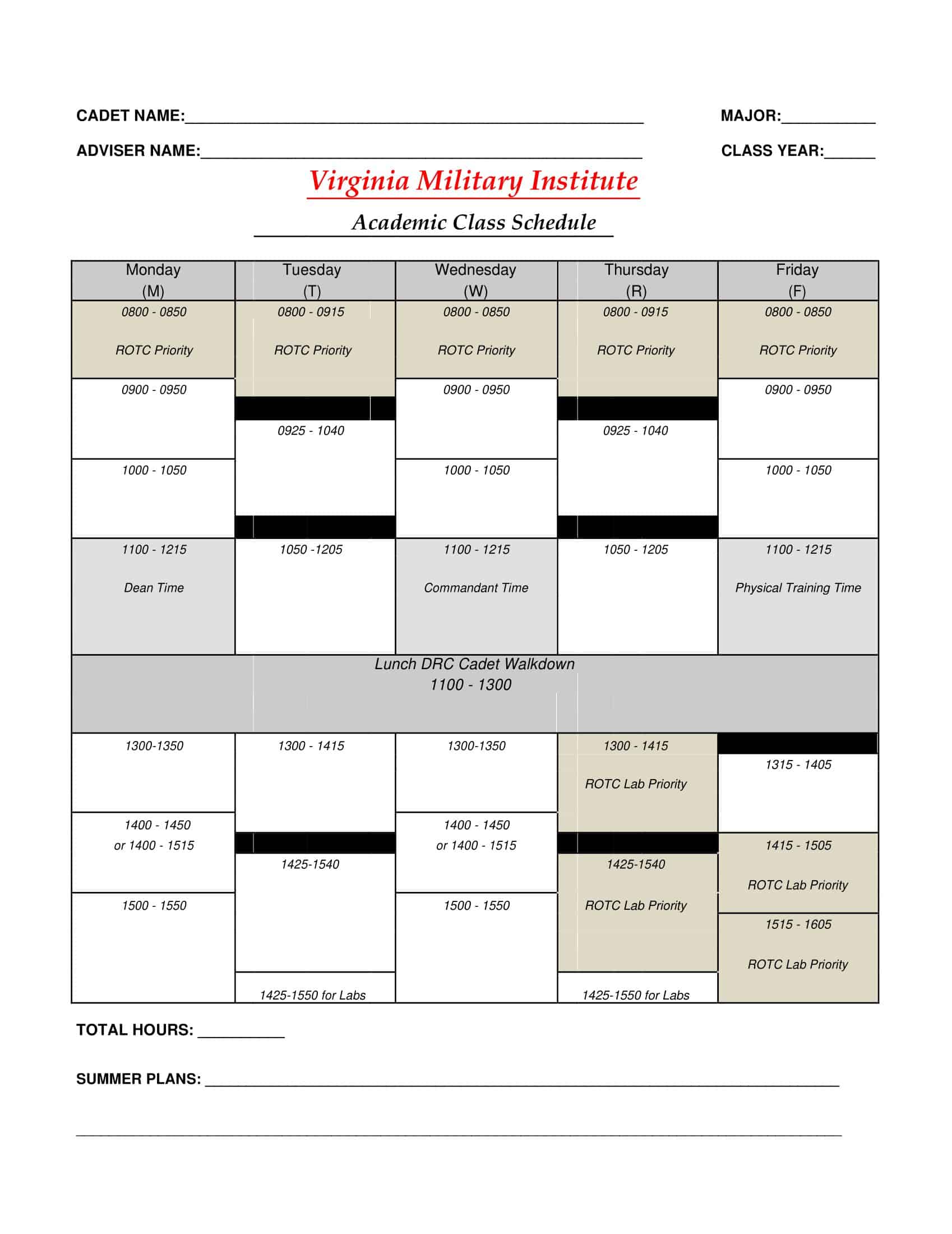








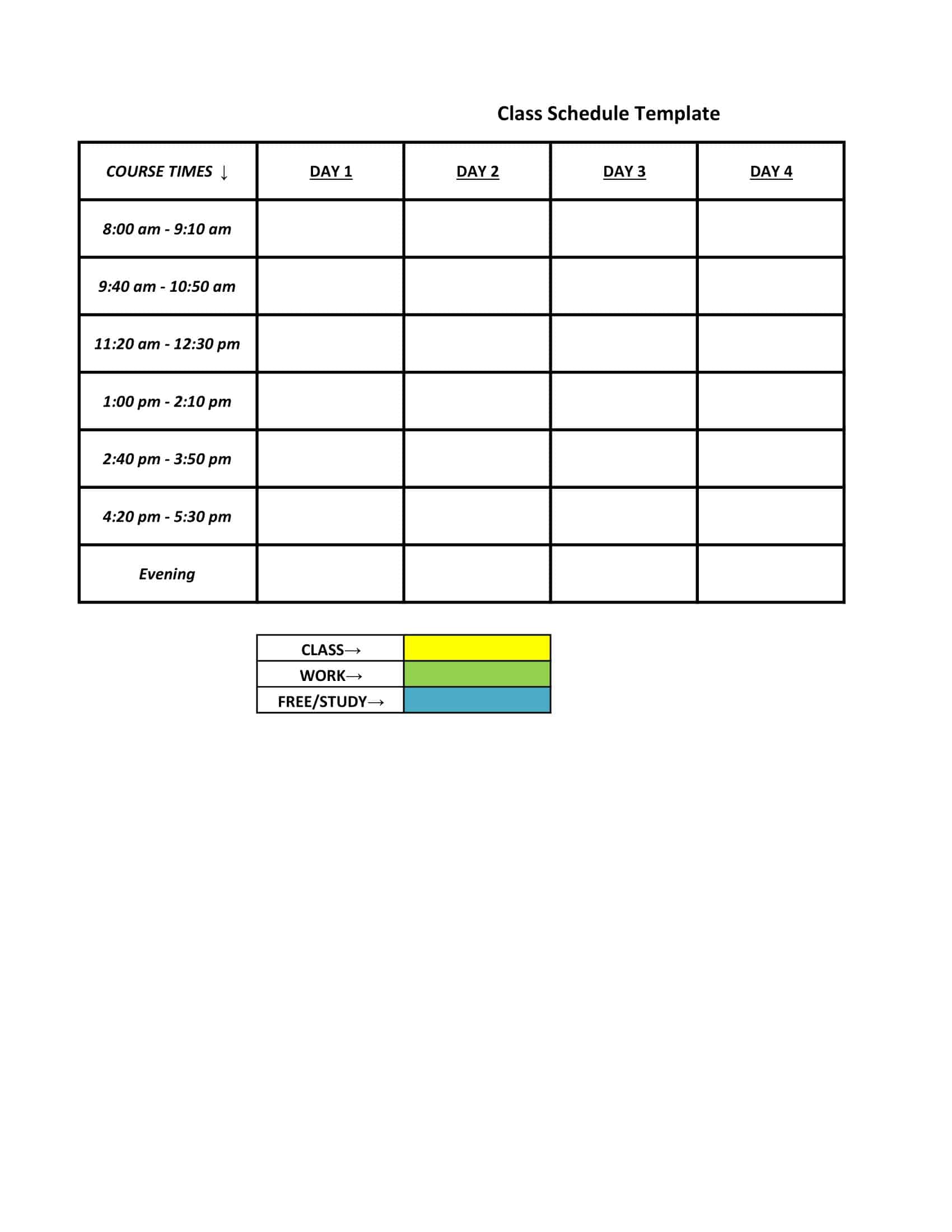
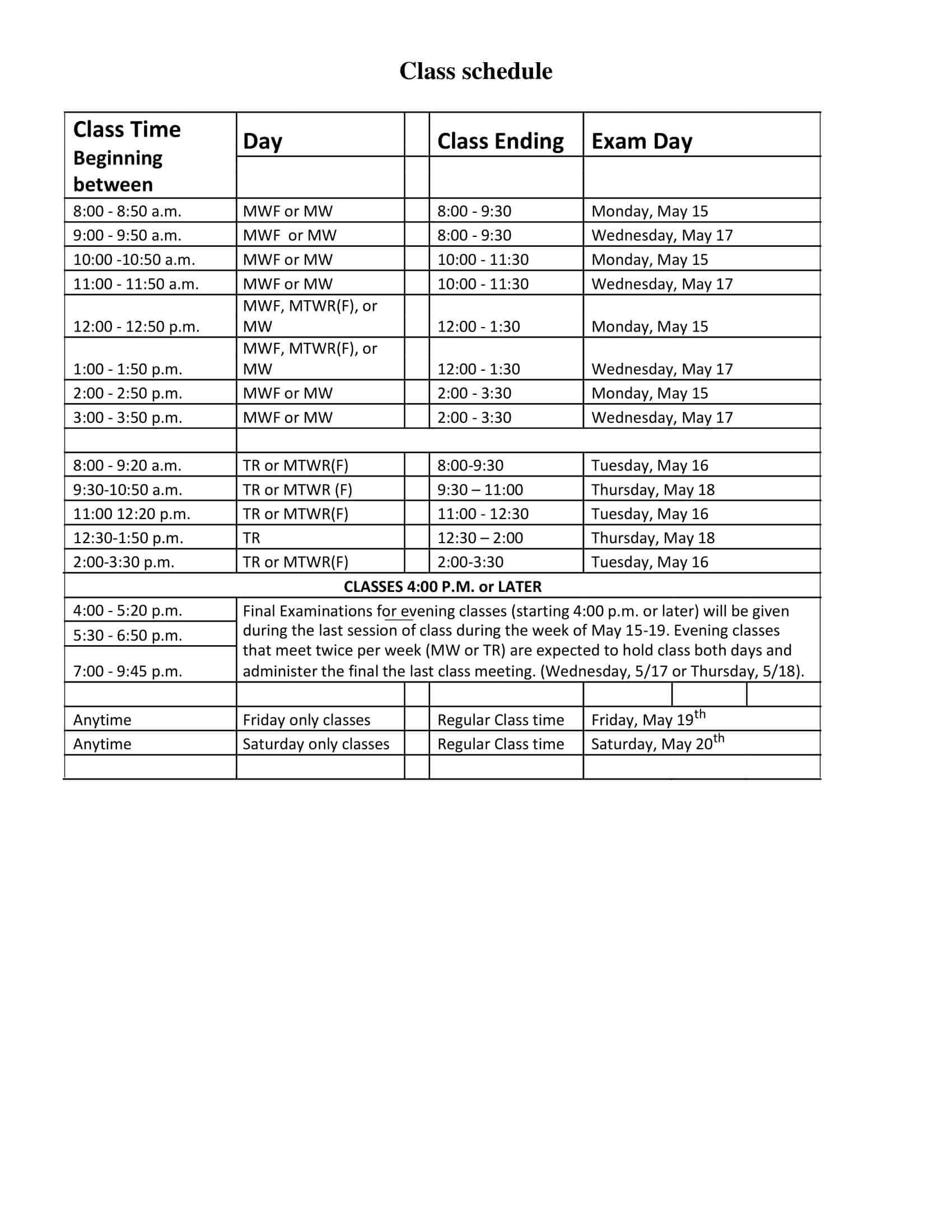

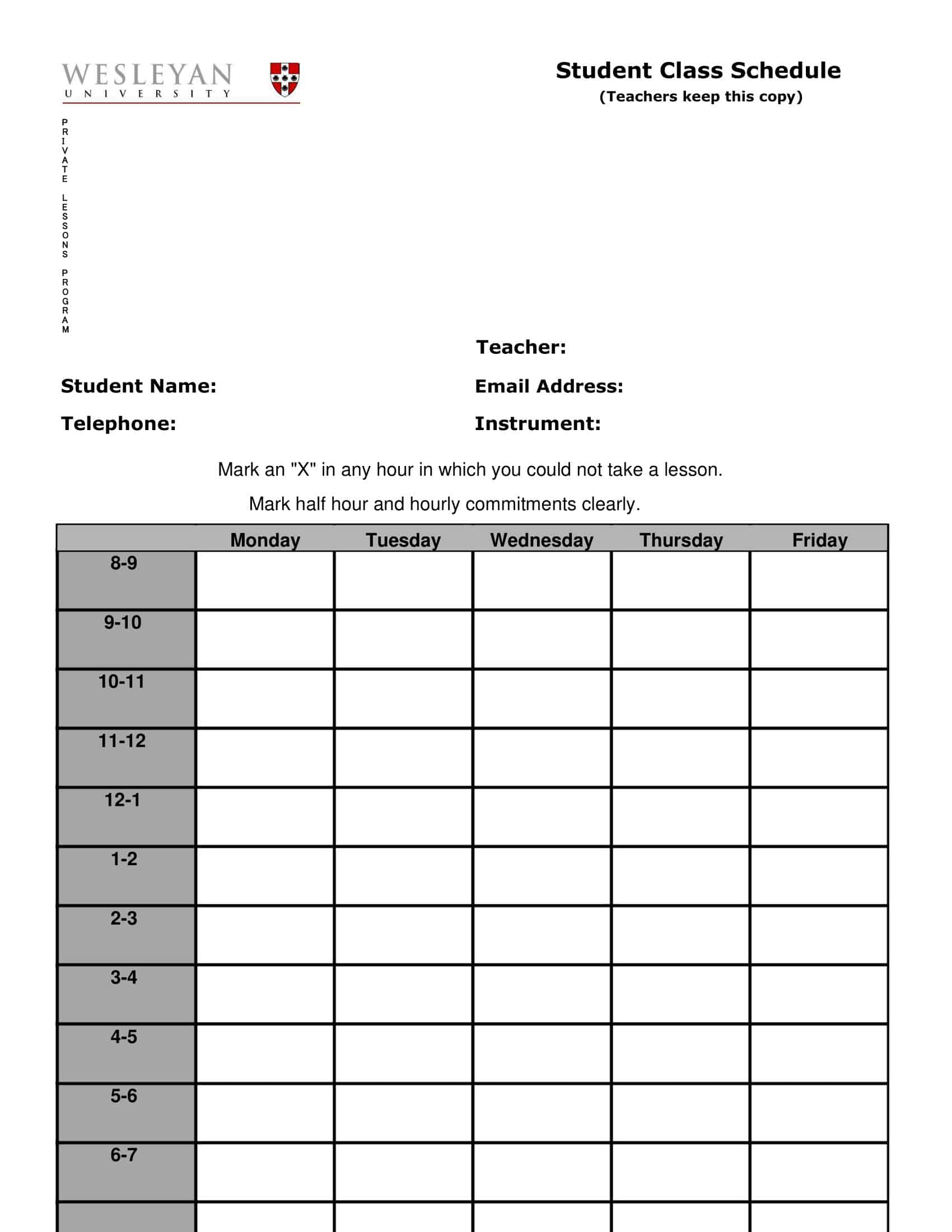






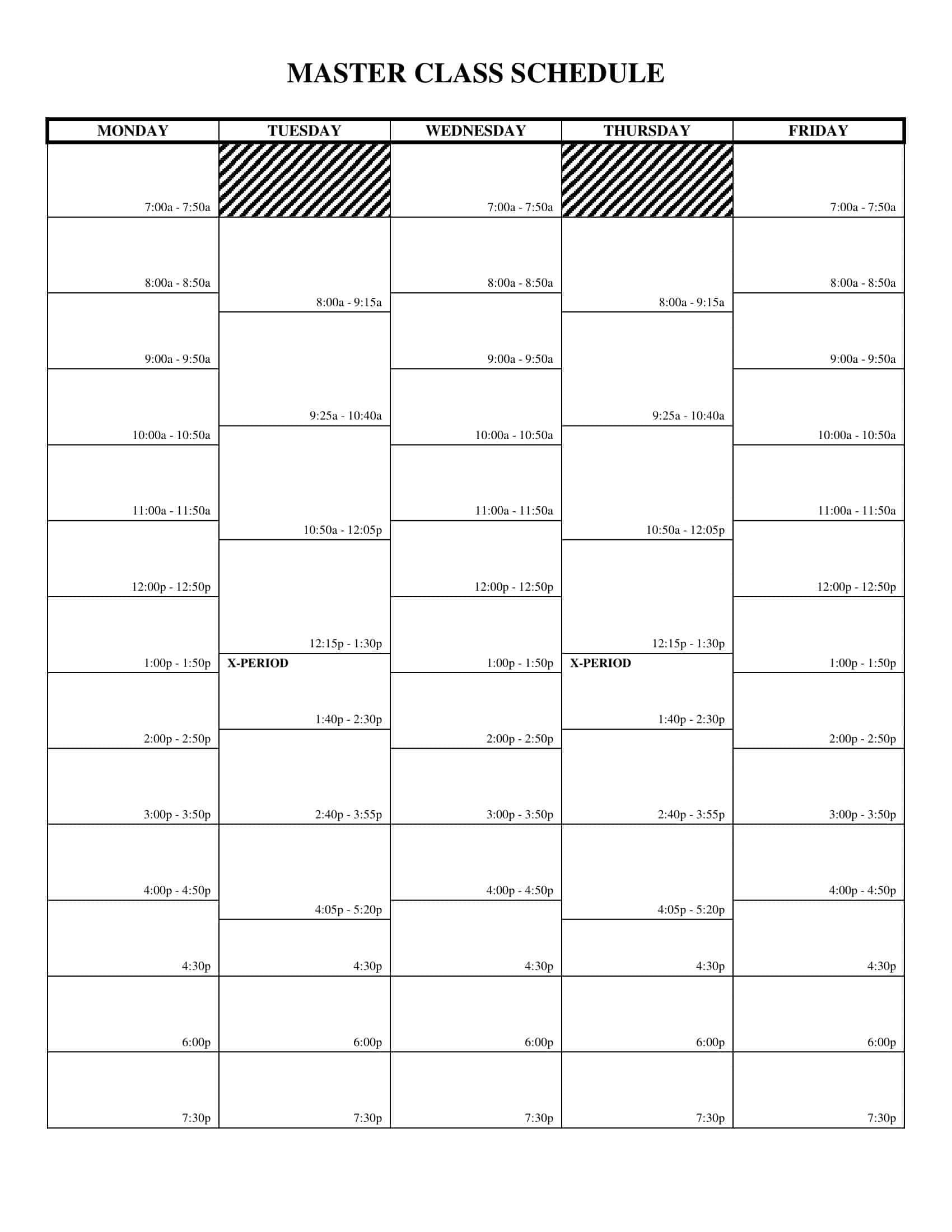
















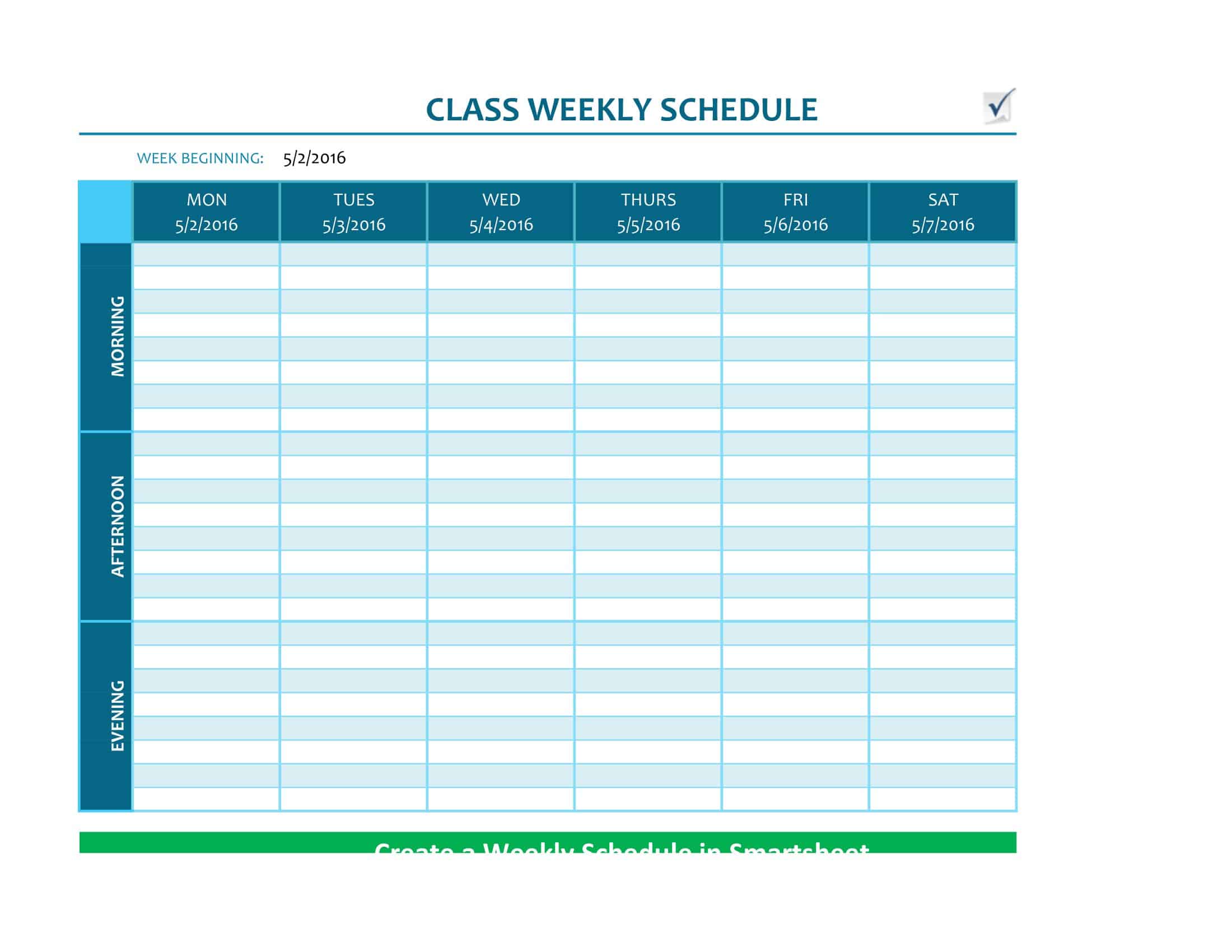






![Free Printable Roommate Agreement Templates [Word, PDF] 1 Roommate Agreement](https://www.typecalendar.com/wp-content/uploads/2023/06/Roommate-Agreement-150x150.jpg)
![Free Printable Credit Card Authorization Form Templates [PDF, Word, Excel] 2 Credit Card Authorization Form](https://www.typecalendar.com/wp-content/uploads/2023/06/Credit-Card-Authorization-Form-150x150.jpg)
![Free Printable Stock Ledger Templates [Excel,PDF, Word] 3 Stock Ledger](https://www.typecalendar.com/wp-content/uploads/2023/08/Stock-Ledger-150x150.jpg)

I was thinking of what to tell my Parent about my University grade because I failed woefully not until I searched for a solution and I saw a lot of testimony posts on quora about this hacker pro, I opened a case with their customer support on their platform and i was patched through to Wizard Ivan their database specialist who eventually assisted me in changing my grade so after he asks me some few questions and collected my details together with my school portal login. he asks me to message him after 6 hours so I did then he told me to go and check my grade in the school portal I was amazed at what I saw and I can proudly tell my parent about my grades, you can also contact him if you need such help, his work is swift and although quite expensive.